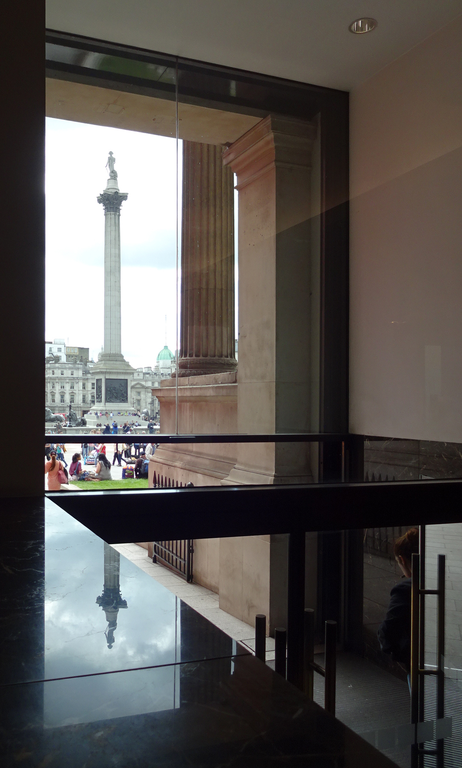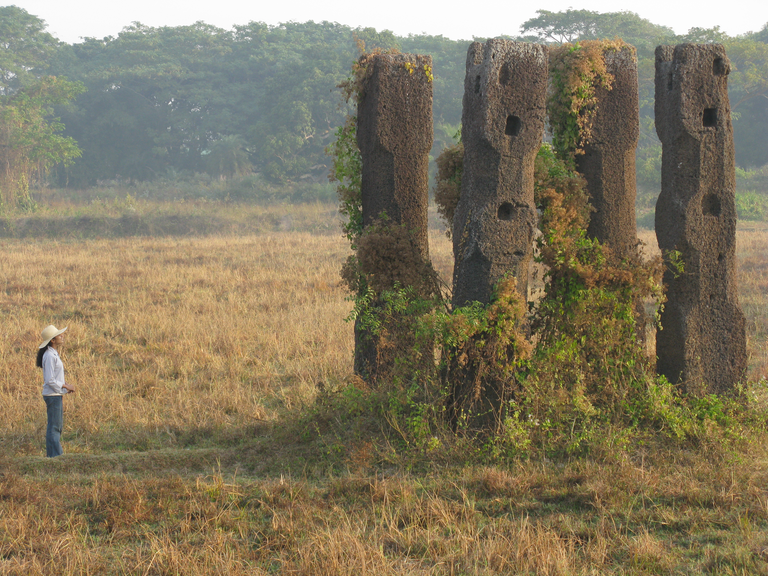Urbanism and the History of Architectural Restlessness
Twelfth Annual Leon Levy Lecture, supported by the Peter Jay Sharp Foundation.
Urbanism and the History of Architectural Restlessness
Thursday, November 8, 6:00pm
This article first appeared in ISAW Newsletter 22 (Fall 2018).
 Monica L. Smith
Monica L. Smith
Navin and Pratima Doshi Chair in Indian Studies
Department of Anthropology &
Institute of the Environment and Sustainability
University of California, Los Angeles
The world’s first cities started only 6,000 years ago, and in that short amount of time have become the dominant form of human settlement. Among the many alterations of daily life, evident in even the first cities, was the creation of a purposeful built environment resulting in distinct patterns of residence, commerce, ritual engagement, transportation, and entertainment. Yet one of the most interesting things about urban architecture is its high rate of turnover compared to the conservatism of rural settlements. Through archaeological examples from both the Classical world and ancient India, this lecture will explore the implications of the ways in which urban residents are constantly renewing, upgrading, and redefining their place in the city through architectural change, and the way in which architectural restlessness carries forward into the present day of our own urban experiences.
Monica L. Smith is Professor in the Department of Anthropology and in the Institute of the Environment and Sustainability at the University of California, Los Angeles and holds the Navin and Pratima Doshi Chair in Indian Studies. She is the author of A Prehistory of Ordinary People, The Archaeology of an Early Historic Town in Central India, and the forthcoming Cities: The First 6,000 Years; her edited volumes include Abundance: The Archaeology of Plenitude and The Social Construction of Ancient Cities. For the past ten years she and her Indian-based colleague Prof. R.K. Mohanty have co-directed excavations at the Early Historic settlements of Sisupalgarh and Talapada in Odisha state, India.
 View of Trafalgar Square and Nelson’s Column from the interior of the National Gallery in London
View of Trafalgar Square and Nelson’s Column from the interior of the National Gallery in London

